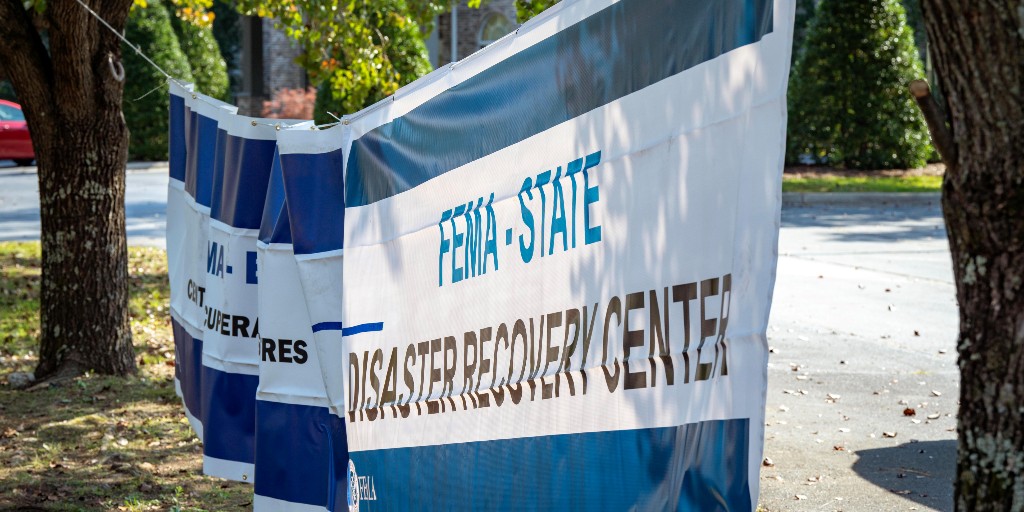FEMA, Forecasters Fight Storm of Disinformation

The two major hurricanes that recently hit Florida and other southern U.S. states didn’t bring only death and destruction. They brought a flood of rumors and conspiracy theories that made the jobs of emergency workers and meteorologists harder. These groups have tried to counter the disinformation, but more will need to be done.
Hurricane Helene made landfall Sept. 26 as a Category 4 storm on Florida’s Gulf Coast, passing through six states, causing massive flooding and killing 250 people. Less than two weeks later, Hurricane Milton made landfall as a Category 3 storm, also on Florida’s west coast, the second most intense Atlantic hurricane over the Gulf of Mexico. It killed at least 27 people and caused at least $30 billion in damage.
Accompanying these natural tragedies were human-made disinformation and conspiracy theories, including that the (Democratic) Biden administration created the storms (or moved their paths) to punish majority-Republican states. Other rumors held that the storms were created to enable lithium mining in North Carolina, that the government was diverting emergency funds to illegal immigrants and that victims would get only $750 in aid.
‘Ramped Up’
While those affected say myths have always swirled around storms (news to us!), they now spring from the mainstream rather than the “lunatic fringe.” “We’re all talking about how much more it’s ramped up,” Marshall Shepherd, director of the University of Georgia’s Atmospheric Sciences Program, told The New York Times.
This month, the Federal Emergency Management Agency, or FEMA, launched a fact-checking webpage to counter the disinformation. It’s called “Hurricane Rumor Response.” On Oct. 8, FEMA Administrator Deanne Criswell held a press conference in which she stressed that the fabrications were making it hard for her people to do their work.
That goes for meteorologists, too. “I can either spend my time trying to put out good information or I can try to mitigate and cut back on misinformation,” Matthew Cappucci, a forecaster for The Washington Post, said in an interview with NBC News. “But if I do the latter, that takes up all of my time. There’s so much bad information out there that it’s difficult to know exactly where to start.”
Death Threats
On top of that, there have been threats to both emergency workers and weatherpersons. “Murdering meteorologists won’t stop hurricanes,” Katie Nickolaou, a TV forecaster who said she received death threats, posted to X. “I can’t believe I just had to type that.” On Monday this week, North Carolina officials arrested a 44-year-old armed man for allegedly threatening FEMA workers, The Washington Post reported.
Given the testimony that the disinformation has become more prevalent, more mainstream and more serious, a long-term communications effort must be created to counter it. This would be an issues-management campaign most likely run by a government agency, perhaps FEMA, and others, such as science groups.
It would be akin to the campaign by the Centers for Disease Control and Prevention regarding the COVID-19 pandemic — though hopefully without its missteps. People need to know that these storm rumors are dangerous.
Photo Credit: FEMA via Facebook
Sign up for our free weekly newsletter on crisis communications. Each week we highlight a crisis story in the news or a survey or study with an eye toward the type of best practices and strategies you can put to work each day. Click here to subscribe.




 Back to Blog
Back to Blog